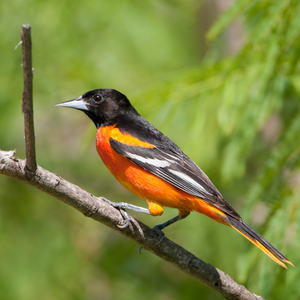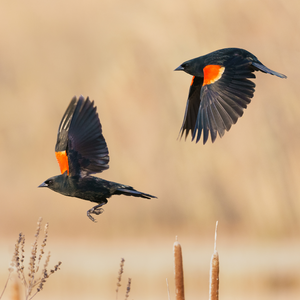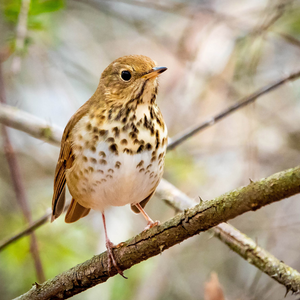
As the state bird of Maryland and mascot of Baltimore’s baseball team, the Baltimore Oriole is quite familiar among Marylanders, however, they are not seen as often as one might think.
Continue Reading

The Red Winged Black Bird is one of the most common black birds in our area, and the males are very recognizable with their all black feathers and reddish orange and yellow shoulder patch that can be tucked among their black feathers or left out in the open in full display.
Continue Reading

A member of the Thrush family, the Hermit Thrush is seen in our region throughout the winter months and spends its time foraging through the understory.
Continue Reading








